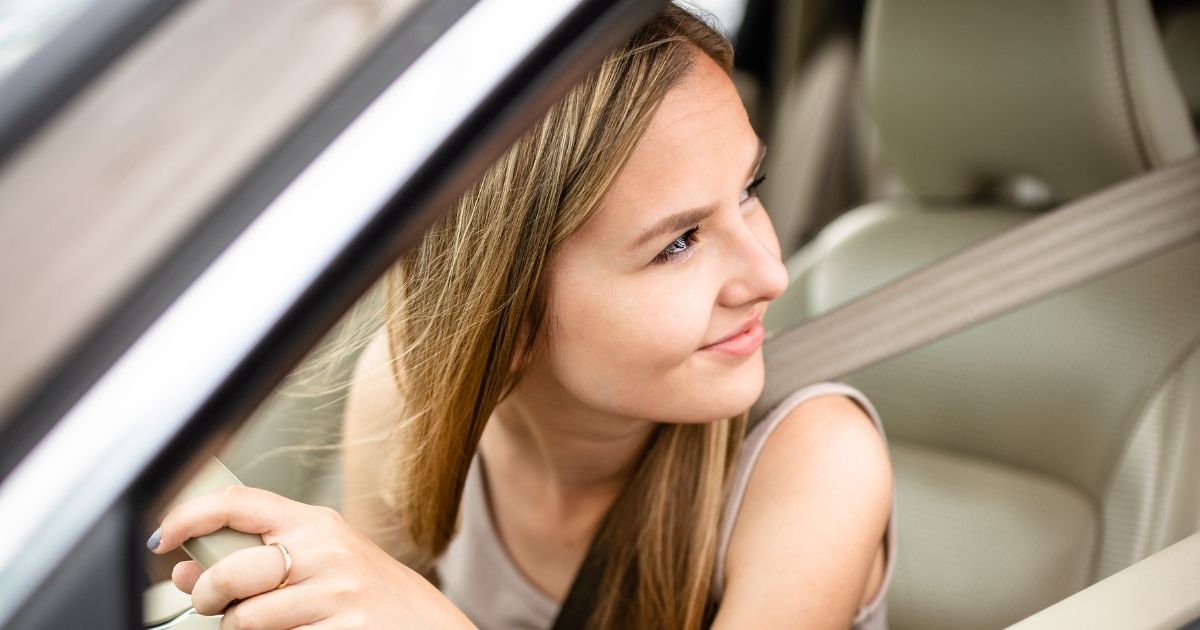Do Teen Car Accidents Increase Over the Summer?

Summertime fun is what the vast majority of Americans look forward to each year. Vacations, family barbeques, and an increase in late-night activities are all part of the summertime landscape. Unfortunately, many teenage drivers are not equipped to handle it. For too many teenage drivers, the summer is the deadliest time of year.
For teenage drivers, the days between Memorial Day and Labor Day have become known as the ‘100 deadliest days of summer.’ The CDC reported that in 2019, almost 2,400 teenage drivers suffered fatalities. The National Highway Traffic Safety Administration (NHTSA) reported that the rate of fatalities among teenage drivers increases by more than 25 percent during the so-called 100 days.
The reasons for the jump in teenage motor vehicle accidents during the summer is simple: too much leisure time combined with a desire to take risks presents an ominous possibility of road-going deaths.
Why Do Teenagers Take Risks While Driving?
Statistics point out that teenage drivers suffer a greater percentage of fatalities behind the wheel of a car than any other group. The American Automobile Association (AAA) reported in 2019 that over a five-year period during the 100 deadliest days, teenager-involved motor vehicle accidents produced an average death rate 17 percent higher than any other time of the year.
More specifically, in a report by the CDC, male drivers between 16-19 years of age had a death rate more than two times higher than that of female drivers in 2019. Driving is a serious business. Immaturity, inexperience, a lack of skills, a sense of freedom, and a live-forever mindset are a bad combination and the reason for such carelessness when driving.
Teenagers taking to the road pose a great risk to themselves and other drivers. The NHTSA reported that in 2019, over 2,000 people were killed in accidents involving a teenage driver between the ages of 15-18. Teenagers do not consider the consequences of their actions the same as most adults. The majority of teenagers are not considering the concept of mortality when behind the wheel.
What Are the Causes of Teenage Motor Vehicle Accidents?
There are copious reasons why teenagers crash cars: speeding, according to AAA, accounted for 28 percent of teenage-driving fatalities over a five-year period. 50 percent of teenagers interviewed in another AAA report admitted to speeding in a residential street in their last 30 days of driving, and almost 40 percent admitted to speeding on a highway in the same time frame.
Most young drivers have not yet developed a solid skillset behind the wheel, not to mention an awareness of when to slow down. Hazardous conditions on the road, such as bad weather and road construction, call for a slower speed, but teenagers do not always account for changes in conditions.
Driving too fast around curves, in heavy traffic, or on residential streets are too often the norm when it comes to teenage drivers, who are simply not equipped to react due to a lack of experience and a lack of understanding.
Driving under the influence is frequent and ubiquitous among teenage drivers, especially during the summer. A lack of school responsibilities compounded by income from part-time jobs results in new freedom without the developed risk-assessing parts of the brain. Sometimes having to work the next day bears no weight for many teenagers: they drink anyway.
An interesting account by the CDC is that teenagers who have the same blood-alcohol level as older drivers are more likely to be involved in a crash. The CDC also reported that in 2019, 24 percent of drivers between the ages of 15-20 who died in motor vehicle accidents had been drinking.
Another problem is that not many teenagers want to admit to their parents that they have been drinking. Calling for a ride or having a friend drive home, therefore, is less likely to happen compared to an older, more responsible person.
Distracted driving is an enormous problem for teenagers. Taking driving seriously often falls to the waist side when teenagers have been driving for more than a few minutes. According to the NHTSA, distracted driving accounted for more than 31,000 fatalities in 2020. This is eye-opening when considering that teenagers are the most likely to be distracted while driving.
Texting and other cell phone usages are ubiquitous problems among all ages when driving, but a failure to consider possible consequences prevents many teenagers from keeping away from a cell phone. Taking your eyes off the road for even a second can cause a serious accident.
A huge problem for teenage drivers is driving with peers. The NHTSA analyzed a study in which teenage drivers were 250 percent more likely to execute a risky behavior when accompanied by one peer. In the same study, the NHTSA reported that the chance of a teenage driver to execute a risky behavior increased to 300 percent when accompanied by more than one peer.
What Can You Do to Help Prevent Teenage Car Accidents?
As per a report by the CDC, graduated driver licensing (GDL) systems are in existence throughout the country. Although policies vary from state to state, the GDL systems demand longer practice time, limit driving when high-risk driving conditions exist, and require parent participation. According to the CDC, research shows that GDL systems are linked to a reduction of roughly 21 percent for driving fatalities for teenage drives 16 years of age.
- Learn about your state’s driving laws and process for new drivers. Make sure to properly explain them to your teen, and make sure that your teen follows them to the letter.
- The summertime is an especially difficult time because of the free time away from school that teenagers have. Therefore, begin with basic rules that will help eliminate problems when your teenager takes to the road, and do not compromise under any circumstance.
- Remember that a law to not exceed a specific blood alcohol concentration (BAC) is set for drivers 21 or older, not for those under 21. It is imperative that you make your teenager understand that under no circumstance is it okay to drive when drinking alcohol. Also make sure your teenager understands that drinking under the age of 21 is not acceptable at all and is illegal.
- Limit the times when your teenager takes the car. It could be life-saving. Driving at night requires a different skill set. Driving along dark streets and roads takes longer to get used to than any driving during the day. The same goes for bad weather conditions. Knowing that you need to keep a greater distance between you and the car in front of you in rainy or icy conditions can save a life.
- Be a good role model when you drive, especially as the time for your teenager to drive approaches. You should talk to your teen as you drive, making sure to turn the experience into a learned one. More importantly, make sure to give your teen plenty of practice time with you in the passenger seat.
- Lay down rules and consequences. If you state that the car is not to be taken out after a certain time of day, you have to be willing to enforce it. Rules broken need to have consequences. A teenager cannot learn when there are no consequences to face.
- Talk to your teen about distracted driving. Teenagers will be teenagers, but driving requires more experience and maturity than most teenagers can acquire in a limited amount of time. You should, therefore, set strict rules to eliminate cell phone usage, drinking and eating, and other behaviors that may distract your teen from keeping both eyes on the road.
- States have specific rules for teenage drivers regarding driving with peers. Make sure you know them, but set your own rules as well. In every regard, make sure you monitor the progress of your teen. If need be, hold your teen back from enjoying more driving privileges. Moreover, if your teen is not ready to drive at all, hold back the process of obtaining a license.
Over all, having talks, making rules, and creating consequences for your new teen driver can help tremendously. Remember most of all that driving is not a right; it is a privilege. Keep your teenager driver and other drivers on the road safe from harm: be involved.
Springfield Car Accident Lawyers at Kicklighter Law Represent Those Injured in Car Accidents Caused by Teenage Drivers.
If you have been injured by a teenage driver, or you are the parent of a teenage driver involved in a car accident, our experienced Springfield car accident lawyers at Kicklighter Law will fight hard to make sure you receive the best possible outcome. Call us at 912-754-6003 or contact us online for a consultation. Located in Springfield, Georgia, we serve clients throughout Effingham County.
